Best outdoor and hiking hoodies
If you’re wondering the difference between an outdoor hoodie and your everyday hoodie, then look no further than this ultimate guide.

When it comes to blending casual style with outdoor performance, few pieces of clothing are more suited to that unique ask than a true outdoor hoodie. If you’re still trying to figure out the difference between one of these hoodies and your normal pullover, or you just want to better understand why they cost twice as much, then this is the guide for you. We tackle everything from technical details to all the best features to look out for, ensuring that by the end of this read, you’ll have everything you need to know to make an informed decision on the best outdoor hoodie this season.
Ready to check out what’s available? Browse our selection of outdoor hoodies here.
What is an outdoor hoodie?
The term ‘outdoor’ hoodie is often thrown around. And it can get pretty confusing, too. Isn’t any hoodie you wear ‘outdoors’ technically an … outdoor hoodie? Yes, and no. The term outdoor hoodie is pretty all-encompassing when it comes to hoodies because stores want to move as many hoodies as possible. So when we talk about outdoor hoodies (the ‘we’ being outdoor, hiking, and snowsport brands), we generally mean a slightly more technical hoodie than your average pullover.
Outdoor hoodies will often have a different construction, extra features, enhanced durability, waterproofing, and a number of other features. But we’ll get to that soon enough. For now, all you need to know is that outdoor hoodies are specifically designed to be more versatile, and of greater use, while you’re in the great outdoors than a regular old jersey hoodie.
Best outdoor hoodies for men
You’re probably spoilt for choice when choosing the best hoodies for men for the 2022 season. Well, don’t worry, because we’ve rounded up the best choices and put them all together here, along with our recommendations for where to use them and how to get the best out of them.
Dope Nomad
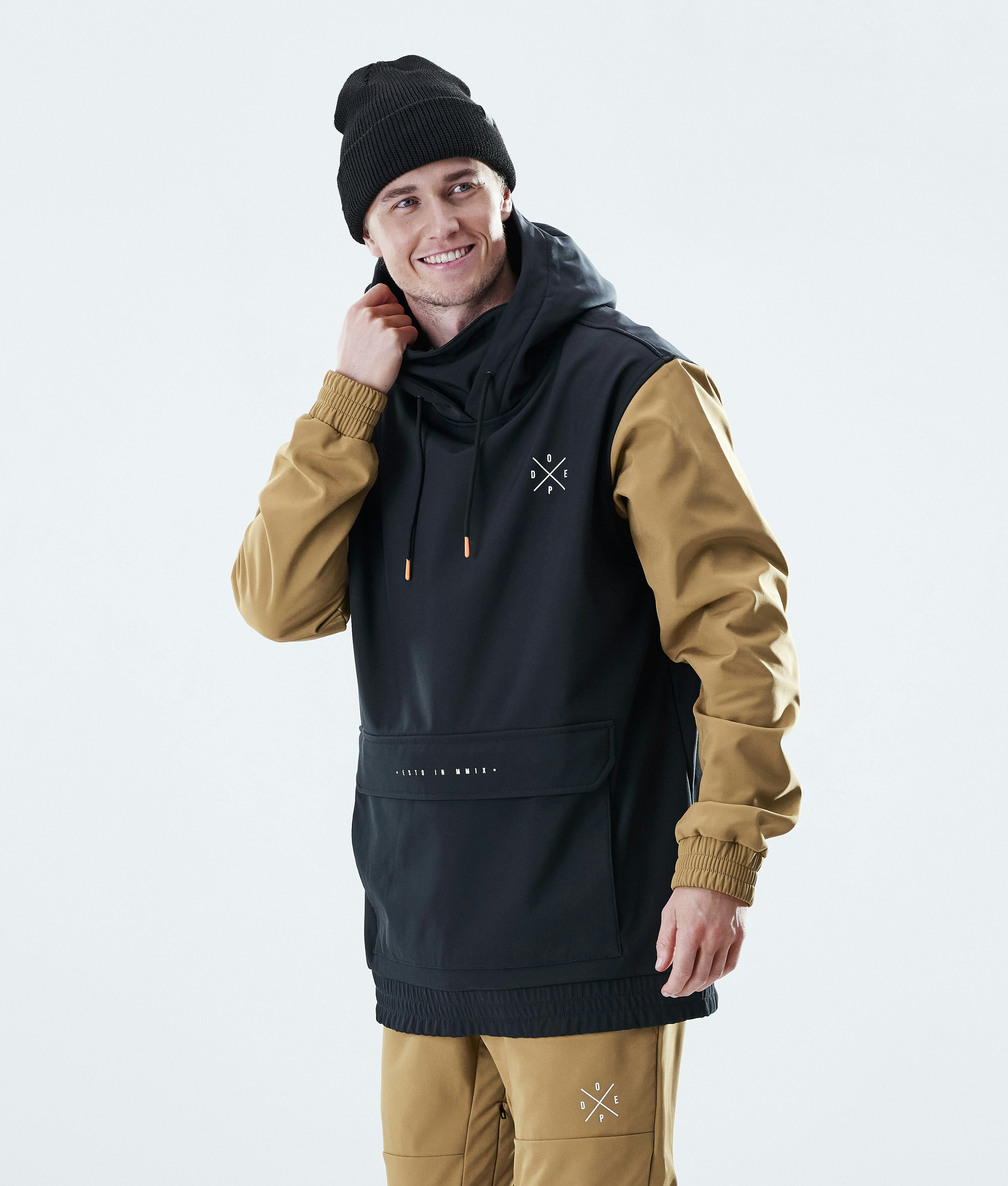
Oakley Sierra DWR 2.0
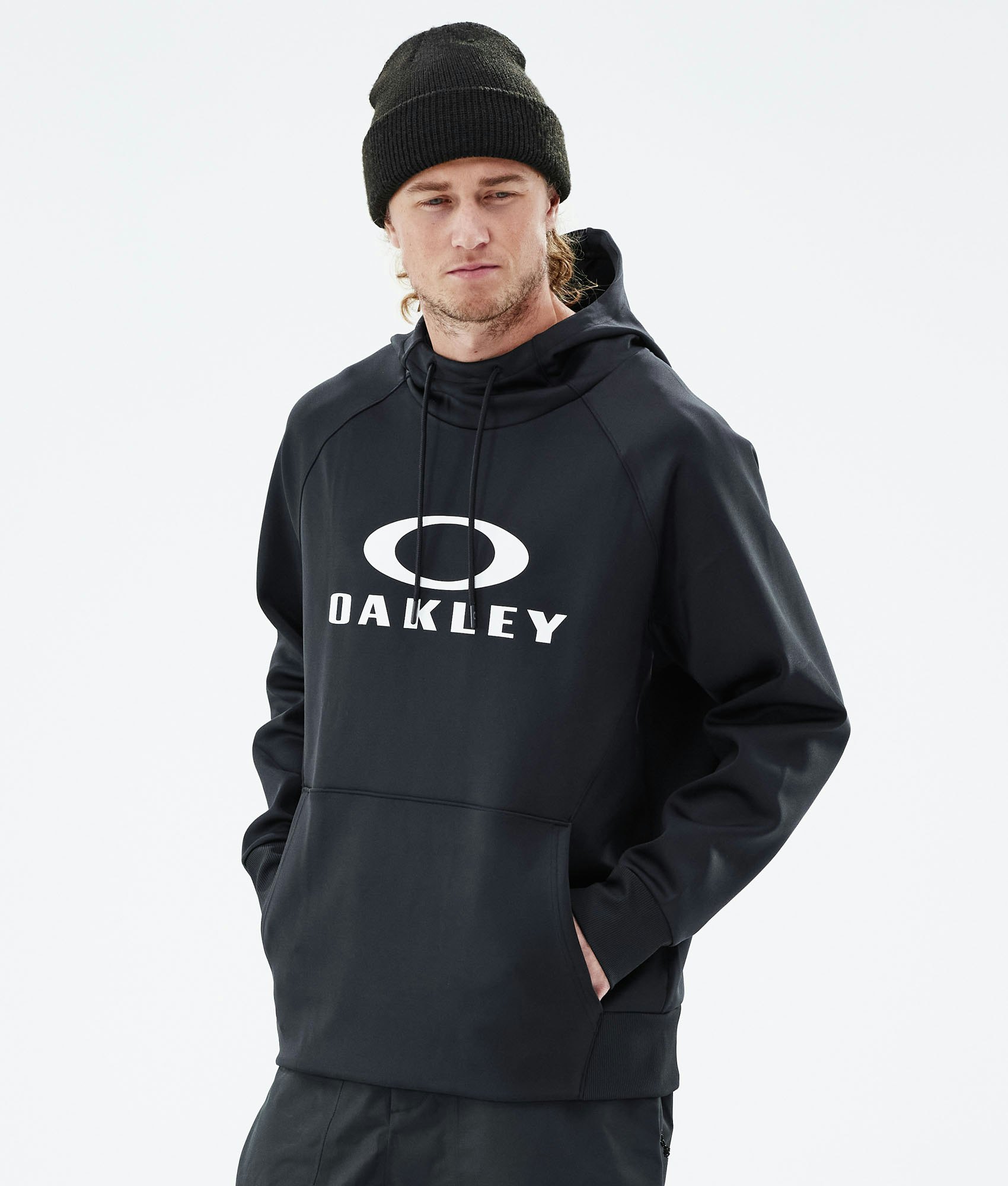
The North Face Tekno Logo
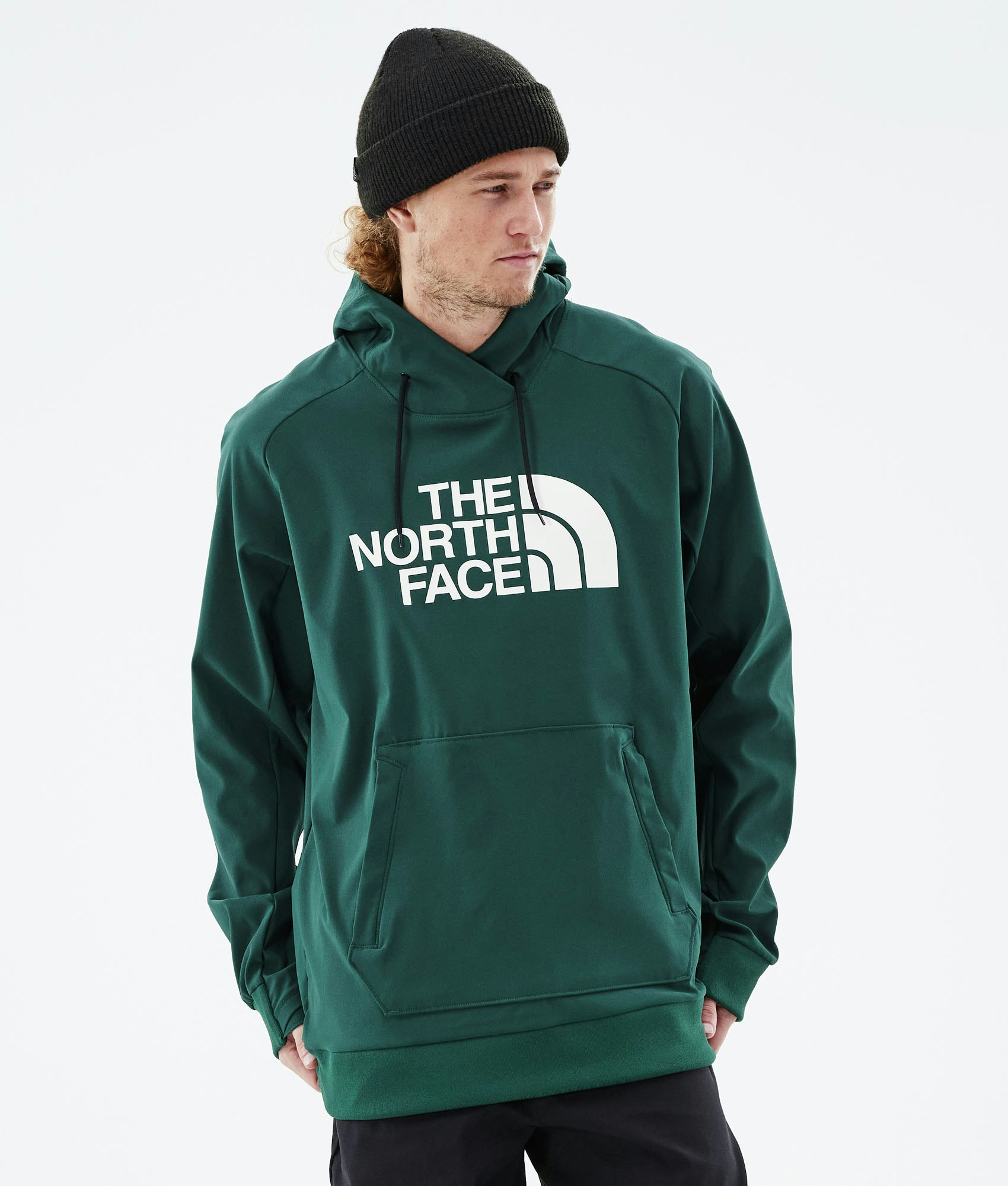
Dope Rogue
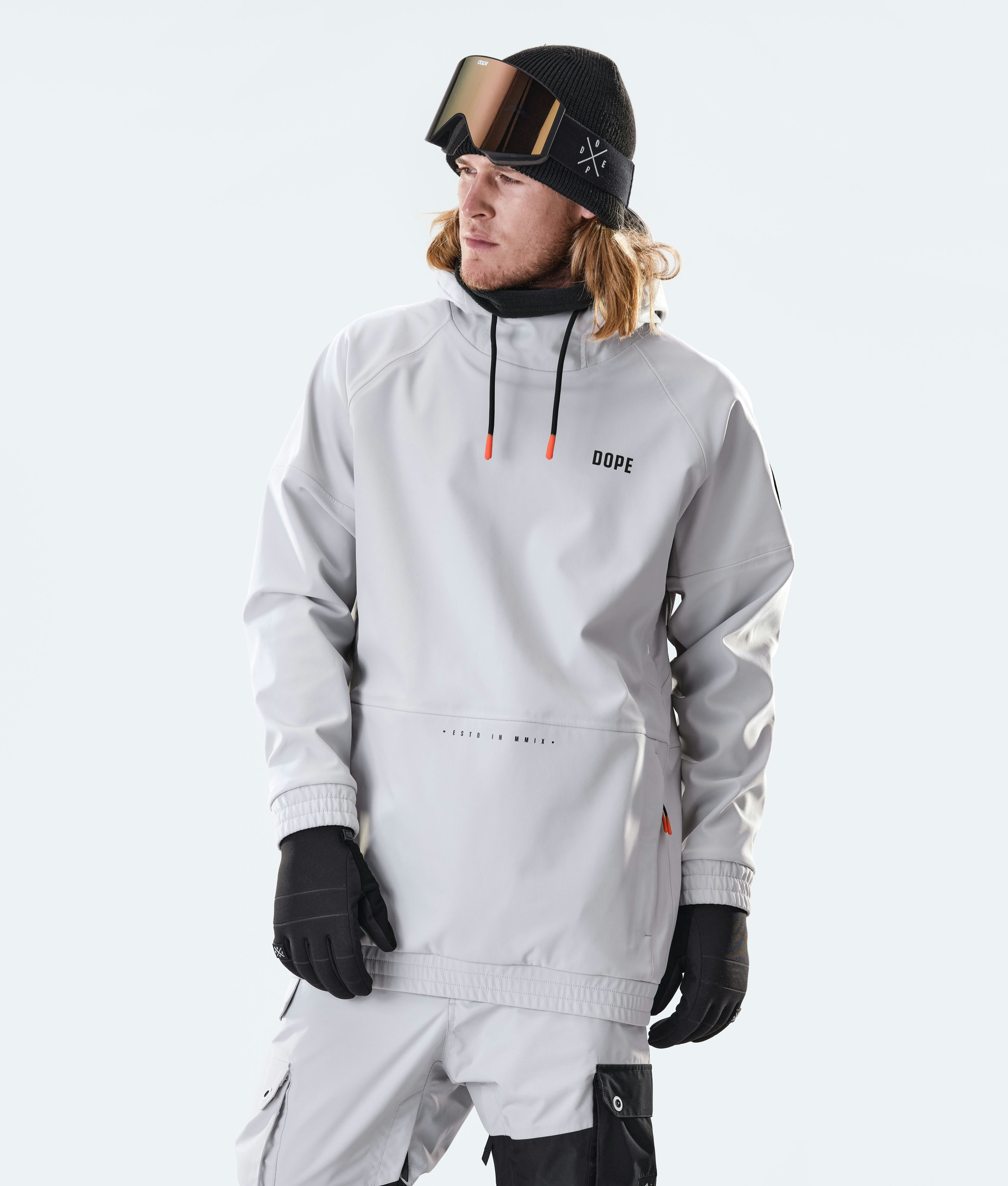
The North Face MA Full-Zip Hoodie
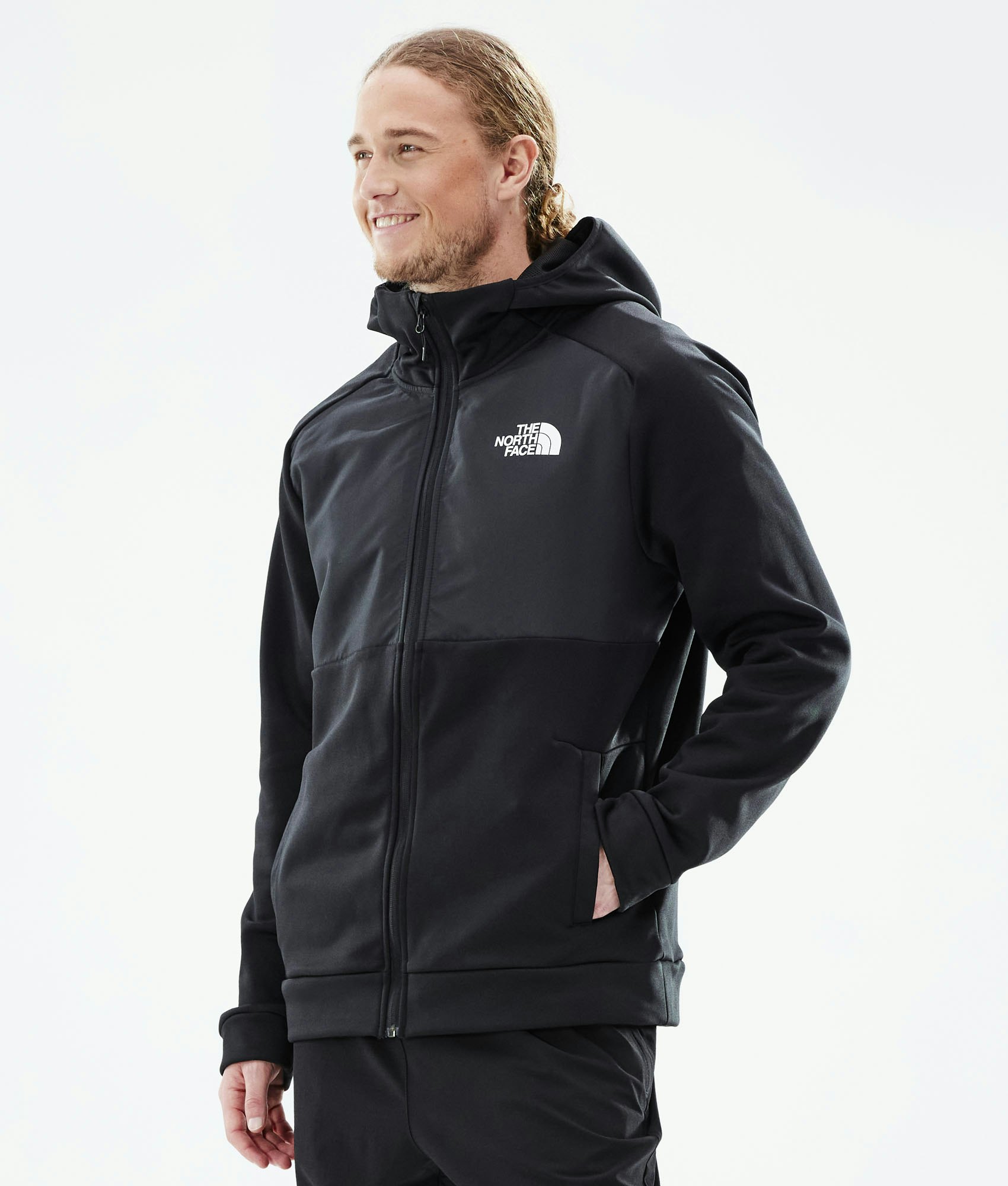
Best outdoor hoodies for women
Women’s outdoor hoodies can be tough to tell apart from one another sometimes, but we’ve done the hard work, so you don’t have to, and assembled our top choices for this year to help ensure you make the right choice. Below are our picks and our recommendations for getting the most out of them.
Dope Nomad Outdoor Hoodie W
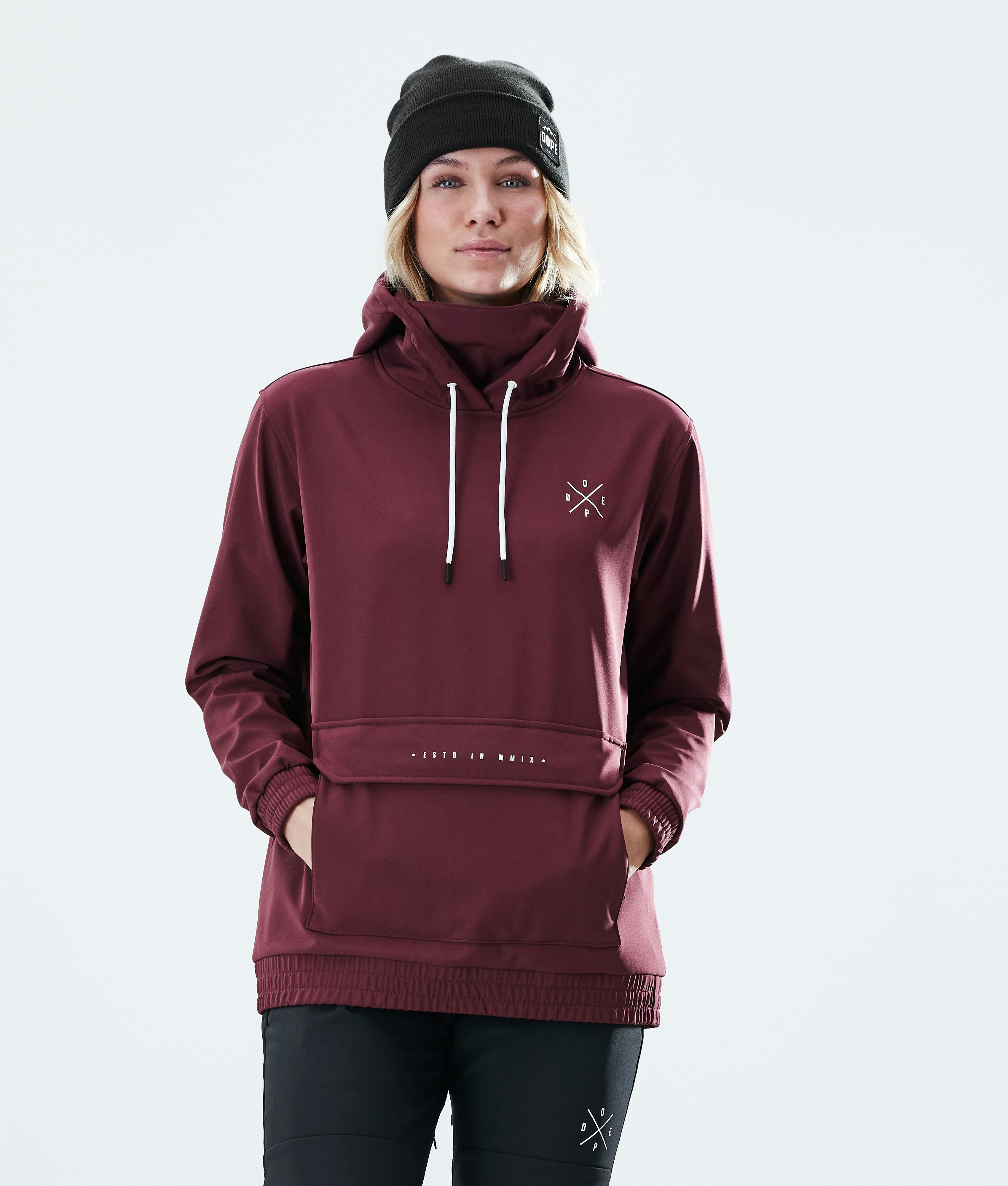
Dope Flight Hoodie
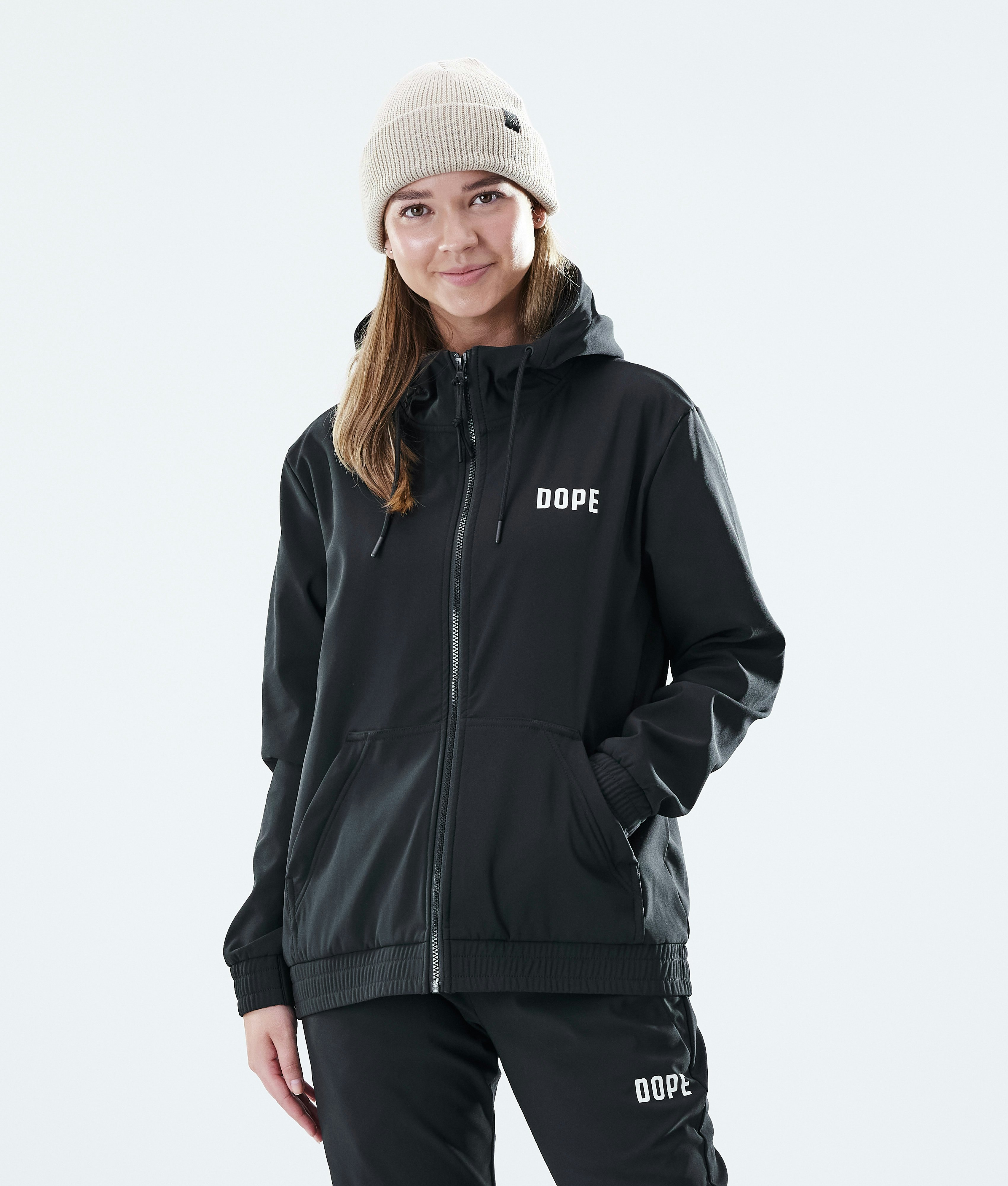
Dope Cyclone
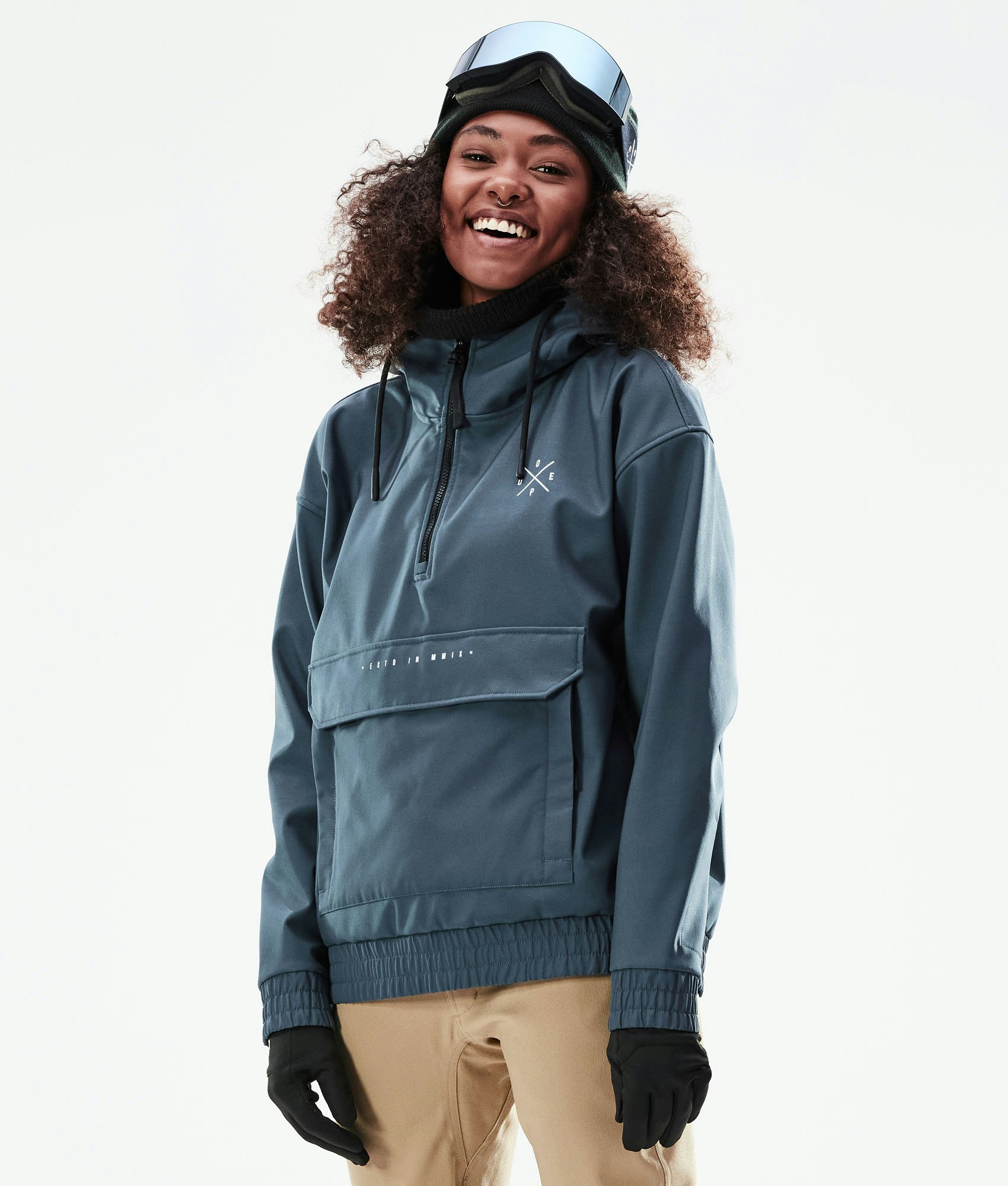
Outdoor hoodies vs. regular hoodies
It might be best to do a side by side comparison to help get to the heart of what makes an outdoor hoodie different from your regular hoodie. When they’re both hanging on a rack, you might be hard-pressed to spot the difference, but once we start to get past the looks, the differences are pretty apparent.
Firstly, an outdoor hoodie and a regular hoodie will differ in their fabric composition. This is probably the biggest difference in both the design and the performance. We’re going to dedicate an entire section to this below because there’s a lot to unpack, but in broad strokes, the idea of an outdoor or ‘technical’ fabric is that it is a performance-focused material. It will be more breathable, less liable to soak up and hold moisture, and may even be weather-resistant. When you think about sweaty hikes, slushy snow days, or rainy adventures, this is all important stuff!
Outdoor hoodies will also pay closer attention to things like fabric weight and thickness and the sorts of features that they offer. Things like zipped pockets and DWR treatments are enough to turn a plain old hoodie into something genuinely useful when you’re heading into the great outdoors.
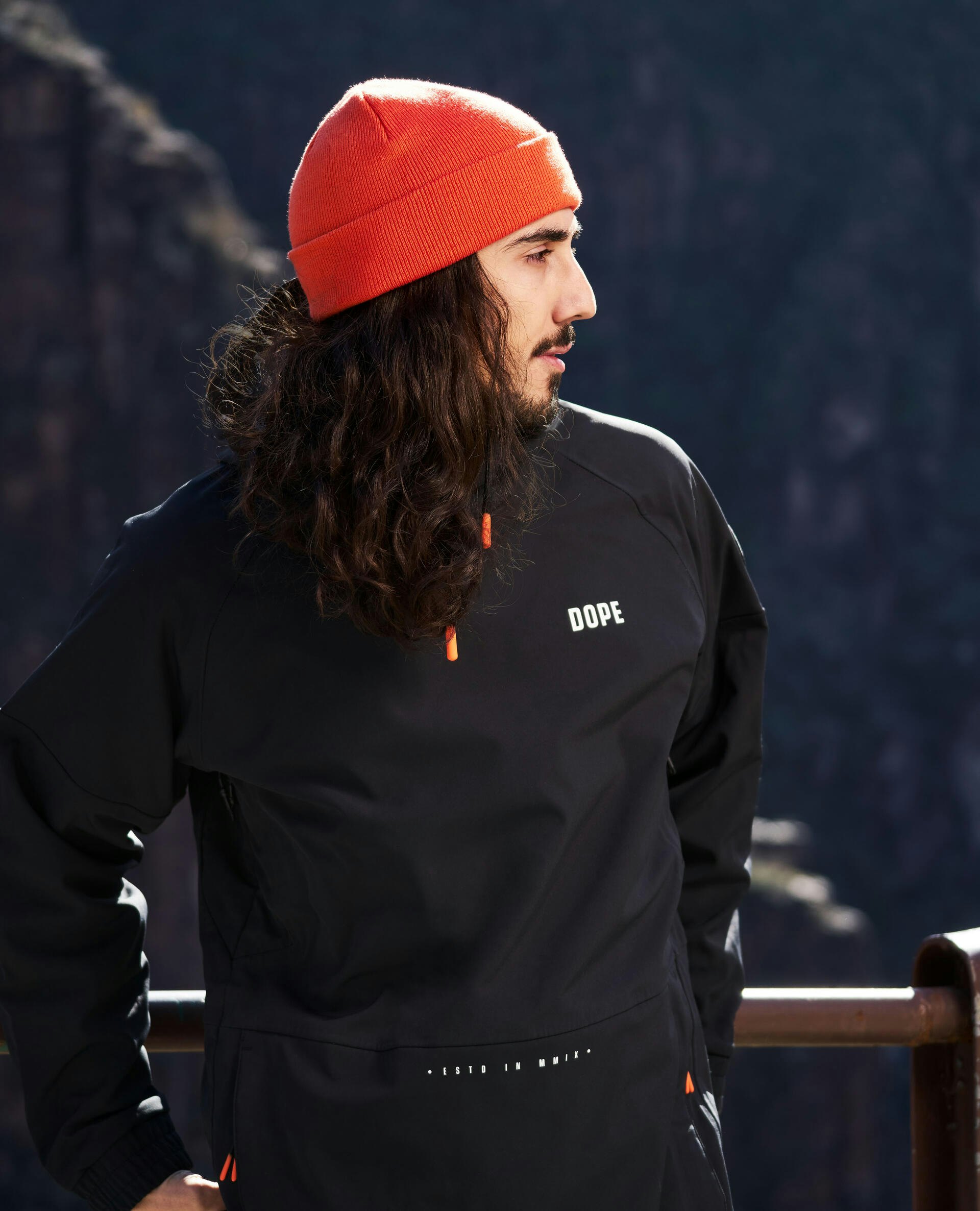
Technical fabrics: polyester/nylon vs. cotton
Technical fabrics offer better situational performance and are designed for a purpose. Unfortunately, the vast majority of cheaper hoodies that are more fashion-focused will be made with what is called cotton jersey. While cheap and relatively warm for its weight, it’s not an excellent material for anything other than cosying up on the couch or running some errands around town.
Jersey cotton
Jersey is a type of cotton fabric construction with a specific knit pattern. It’s commonly used for garments like t-shirts and hoodies because it offers a natural elasticity without getting stretched out of shape. This means you can machine wash it, fold it, wring it out, and do whatever else you want to it without ruining it (within reason). It also doesn’t crease as easily as a knit pattern like percale, which is what bed sheets are made from. These properties make it a popular choice for hoodies, especially because it’s easy to control the fabric weight (or thickness). However, it’s not all peaches and cream with jersey.
Cotton’s worst property is that it is an absorbent fabric. While cotton is favoured for its softness, strength, low weight, and breathability when dry — which makes them a great choice for summer wear — they’re not a great choice for an outdoor hoodie. This single property ensures that any sweat from your body or moisture from the air will soak right into the fabric. This will make it heavy and uncomfortable but also cold, too.
We know from science class that water conducts away heat much faster than air, so when it comes to outdoor clothing, breathable and waterproof fabrics are king. This is why cotton hoodies are poor choices for outdoor wear and why brands will use polyester or Nylon instead.
Polyester
Polyester is the most popular choice and has been for a long time. However, the most common use for polyester in the outdoor mid-layer space is fleece. From pile and sherpa to polar and microfleece, polyester is a polymer that can be extruded into long, thin, and strong fibres and can then be worked in a number of ways. Woven, looped, brushed back, laminated, heat-treated, seam-sealed, and even coated with a durable water repellent substance, polyester still remains king of the outdoor fabric world.
What is a softshell anyway?
The fabric construction can vary a little when it comes to outdoor hoodies. Softshell is a popular choice and is named as such because of its appearance, handfeel, and performance. In outdoor terms, a ‘shell’ is a protective layer you wear to add weather protection. A shell — or as they’re sometimes called a ‘hardshell’ — jacket is a lightweight outer you’d wear over an insulating mid-layer, like a fleece.
A softshell mimics both layers in that it’s usually a laminated 2-layer polyester fabric with a smooth, weather-resistant outer layer and a brushed back fleece inner for warmth and comfort. These are very popular as utilitarian outdoor hoodies and can either be quite heavy in weight or quite light, depending on the thickness of the fabric or whether it’s a single layer softshell.
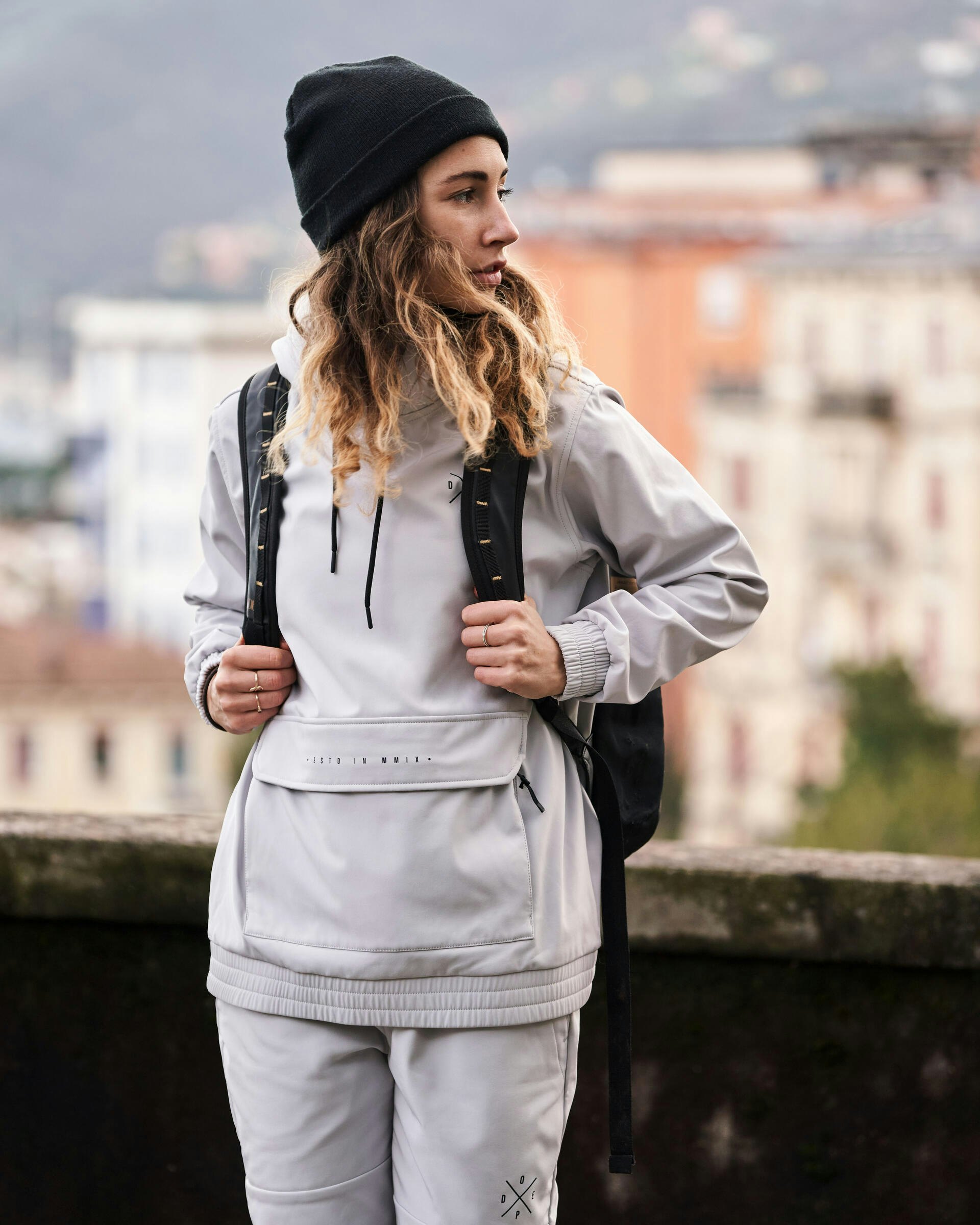
Softshell and DWR
Their most useful property of a softshell is the ‘smooth’ outer, which, when combined with a DWR treatment (which lowers the friction coefficient of the fabric, making water pearl off rather than sink in), offers decent rain protection, even without the use of a waterproof membrane (which we’ll cover below in greater depth).
They also have a brushed back or fleece-style inner which, while not as warm or waterproof as a fleece and hardshell combo, still makes them a simple, comfortable choice, providing the weather isn’t ridiculously cold nor particularly wet.
Quick-drying and breathable
As it’s a polymer, polyester is extruded into a thread rather than entwined, meaning it’s unable to soak up water, unlike a cotton thread, which can become wet by absorbing moisture. And when you have a lot of cotton threads together in a fabric, both the threads themselves will hold onto water, and water will also become trapped in the spaces between. This is why cotton gets really soggy and heavy when soaked.
On the other hand, polyester can’t absorb water in its threads but only hold water between them. And while it’ll definitely become wet and soggy over time, it’ll dry out much quicker because the moisture can just migrate out of those spaces with airflow. This makes polyester a quick-drying fabric and ideal for performance wear with lots of sweating going on, or if you’re doing something in changeable weather conditions. And on the topic of sweating …
Breathability
Breathability is the attribute ascribed to fabrics that details how much vaporised sweat can pass through them over a given period. Waterproof fabrics will display their breathability in either a g/m2/24hr value or a RET value. Still, you generally won’t see a solid value for hoodies unless there is a waterproof membrane present.
Polyester is regarded as highly breathable in a normal fabric, with a waterproof membrane actually lowering its breathability rating. Highly breathable fabrics let sweat out to help keep you regulating body heat at an optimum level. A brushed back or fleece inner will help trap heat, while the fabric’s natural breathability will let sweat out. This is just another reason that technical hoodies are usually polyester. But not always …
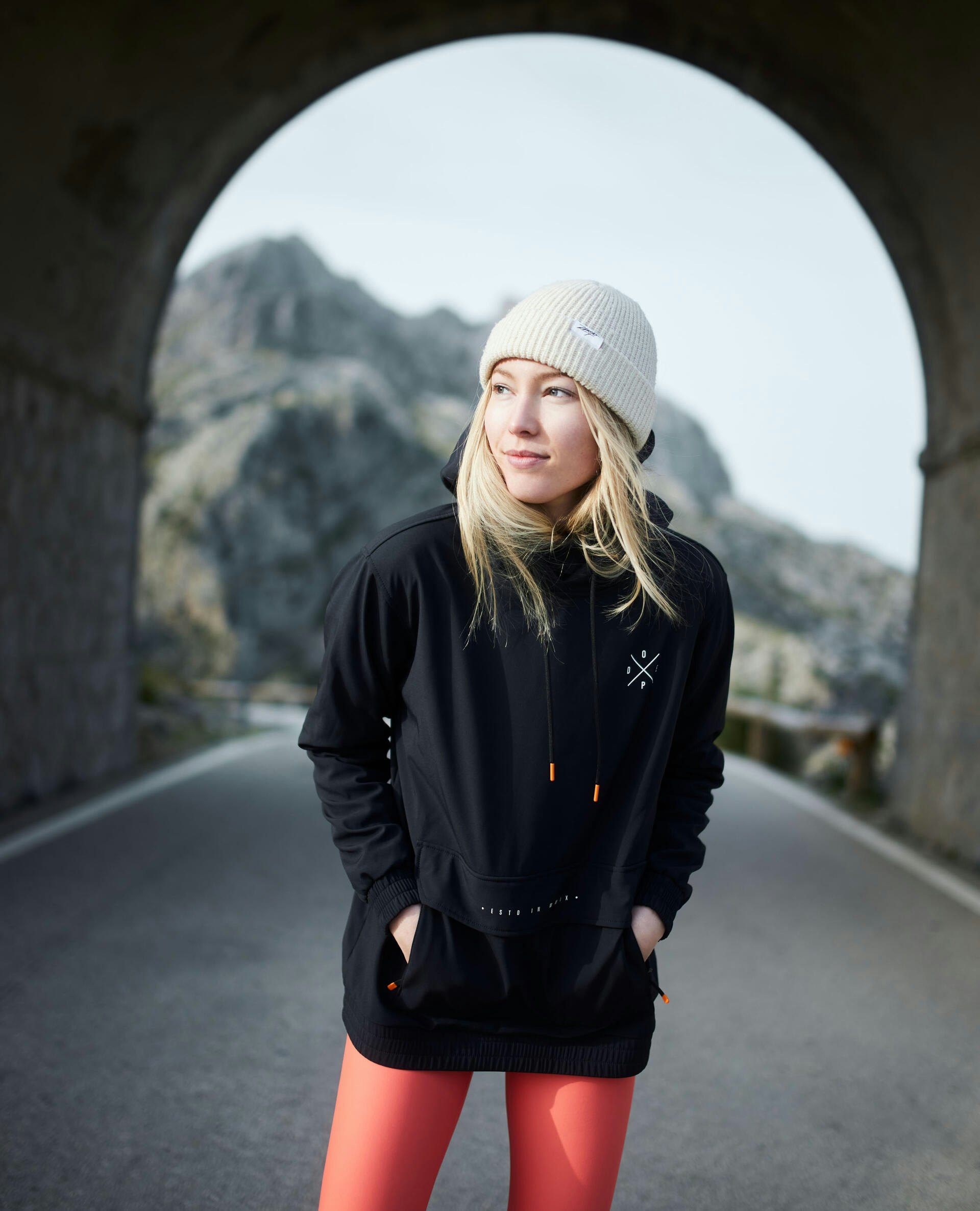
Nylon
Nylon is another polymer that’s sometimes used for outdoor clothing, often when the garments require the added strength and durability that Nylon offers. However, Nylon is slightly more expensive and harder to work with than polyester, so it tends to be on higher-end products. It also interacts with fabric dyes differently to polyester, so companies may opt to use it for specific colourways or prints. But that’s their prerogative.
Before we go any further, it’s good to mention that sometimes Nylon will be shown as polyamide on some websites and products where the brand Nylon isn’t being used. The fabrics are the same, just under a different name. However, Nylon is not the same as polyester.
Where we see the biggest difference from polyester is with the durability, as mentioned before. But, like all technical appraisals of materials, it’s not just tough and, er, tougher. No, when we talk about durability, we’re actually encompassing several of the many types of material strength, most notably, tensile strength (the material’s ability to withstand being pulled apart in the case of fabrics, tearing), shear strength (the material’s ability to resist being cut along a thin line, so the fabric separates itself), scratch hardness (this one is pretty important and is often referred to as abrasion resistance, measured by the Martindale test, which we’ll come to below), and wear resistance (how quickly it succumbs to the stresses of use before it begins to degrade.
Now, things like tensile strength and shear strength are affected massively by the thickness and weave patterns of the fabrics, as well as by things like whether the company has added a ripstop pattern to it (which is a checkerboard shaped inlay of thickened threads to make it tougher against tearing and abrasion). As such, it’s hard to say either polyester or Nylon is better. However, Nylon usually wins out when it comes to scratch hardness, abrasion resistance, and wear resistance.
The Martindale test is a process that involves taking a piece of fabric and then oscillating a piece of worsted wool or wire mesh on the surface at high speed. Every revolution is counted as a ‘cycle’. And for outdoor fabrics that you might find on high-end skiing and snowboarding jackets, polyester usually comes in somewhere around the 50-100,000 cycles mark, while Nylon often exceeds 200-250,000 cycles before it breaks down.
These scores will be significantly lower in a softshell fabric, but it’s good to bear in mind when you’re shopping for a hoodie if you’re likely to be diving headfirst into a big bucket of sandpaper. Just something to think about.
When it comes to breathability, waterproofing, and those other factors, Nylon performs much the same as polyester. Waterproofing is a trickier one, though, as while both are naturally water-resistant — what with them both being polymers and all — the waterproof rating of a garment is only ever affected by the quality of the waterproof membrane. So what’s a waterproof membrane and what does it have to do with hoodies, you ask? Well, let me tell you.
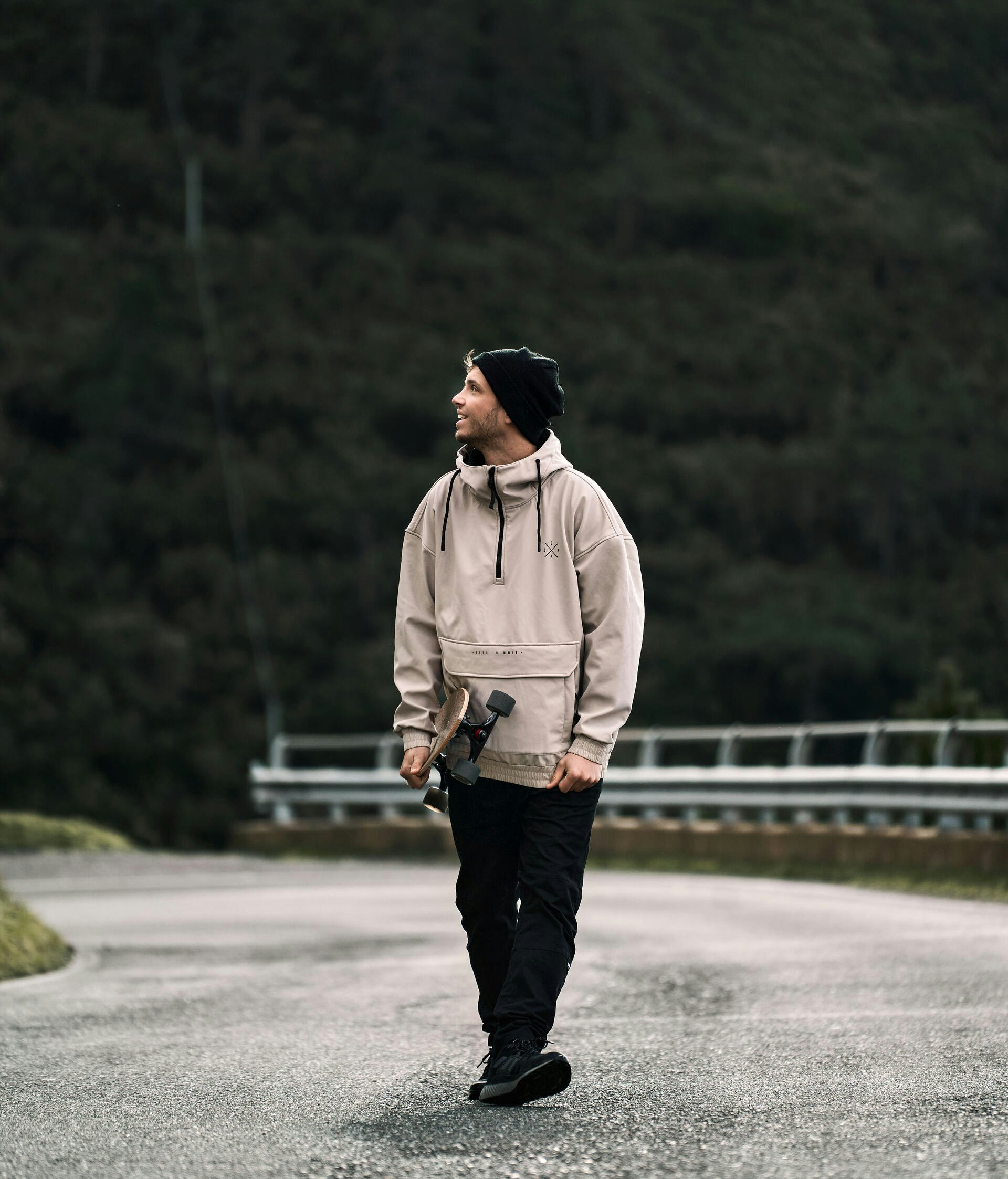
Waterproof vs. water resistant
The debate of waterproof vs. water-resistant has been around for a while. So, where does one start and one end? For that, we’ll need to dig into the waterproof rating scale and how the water column works.
In short, it’s a sliding scale, where the number gives you an idea of how it will perform or ‘how waterproof’ it is, with lower numbers like 5,000mm being pretty much ineffective in the rain and high numbers like 25,000mm being total overkill for most conditions.
But when it comes to a water-resistant or waterproof hoodie, the difference is pretty cut and dry. Aha, see what I did there? Fabric puns … Ahem. Anyway, in the outdoor hoodie world, it’s much simpler to say that any hoodie that has a waterproof membrane is waterproof, and any hoodie without a membrane is, at best, water-resistant.
A polyester or nylon hoodie with a softshell construction and a quality DWR treatment will likely keep you dry in light rain or drizzle for short periods. This makes them good for those damp days, but pretty useless for use in heavy or steady rain. These kinds of outdoor hoodies remain highly breathable and are ideal for spring or summer hikes. Softshell fabrics will have better wind resistance than a cotton jersey, making them better for locking heat in. They’re also good for making a dash to cover if the weather turns.
However, if you’re looking for a more rugged option that’ll see you through the wetter months, or one to take skiing or snowboarding, you’ll likely want to opt for a hoodie with a dedicated waterproof membrane.
Some softshell or riding hoodies will take the classic 2-layer laminate structure of a smooth shell outer and a fleecy inner and add a waterproof membrane in the middle. Sandwiched together, these more technical softshells will offer the warmth, comfort, and insulation of fleece thanks to the liner, the performance of an actual waterproof coat, and the smooth, stylish outer of a regular softshell hoodie.
You’ll know if a hoodie has a membrane because it’ll have that water column score we talked about earlier. Often it’ll be written as 10,000mm or simply 10K. However, it may even appear as 10K/10K, which refers to waterproofing and breathability ratings. Either way, if you’re not sure, search for the numbers, as they’ll tell you whether the hoodie is waterproof or simply water-resistant!
Features of an outdoor hoodie
When it comes to choosing an outdoor hoodie, the first question might be about the material and waterproofing, but once you’ve got over that hurdle, things start to get a little more nuanced. For example, outdoor hoodies made for hiking and ones made for snowboarding or skiing will likely be slightly different. Below, we’ll will go over some of the things you might want to think about when deciding which hoodie to buy. Think of this as your feature checklist!
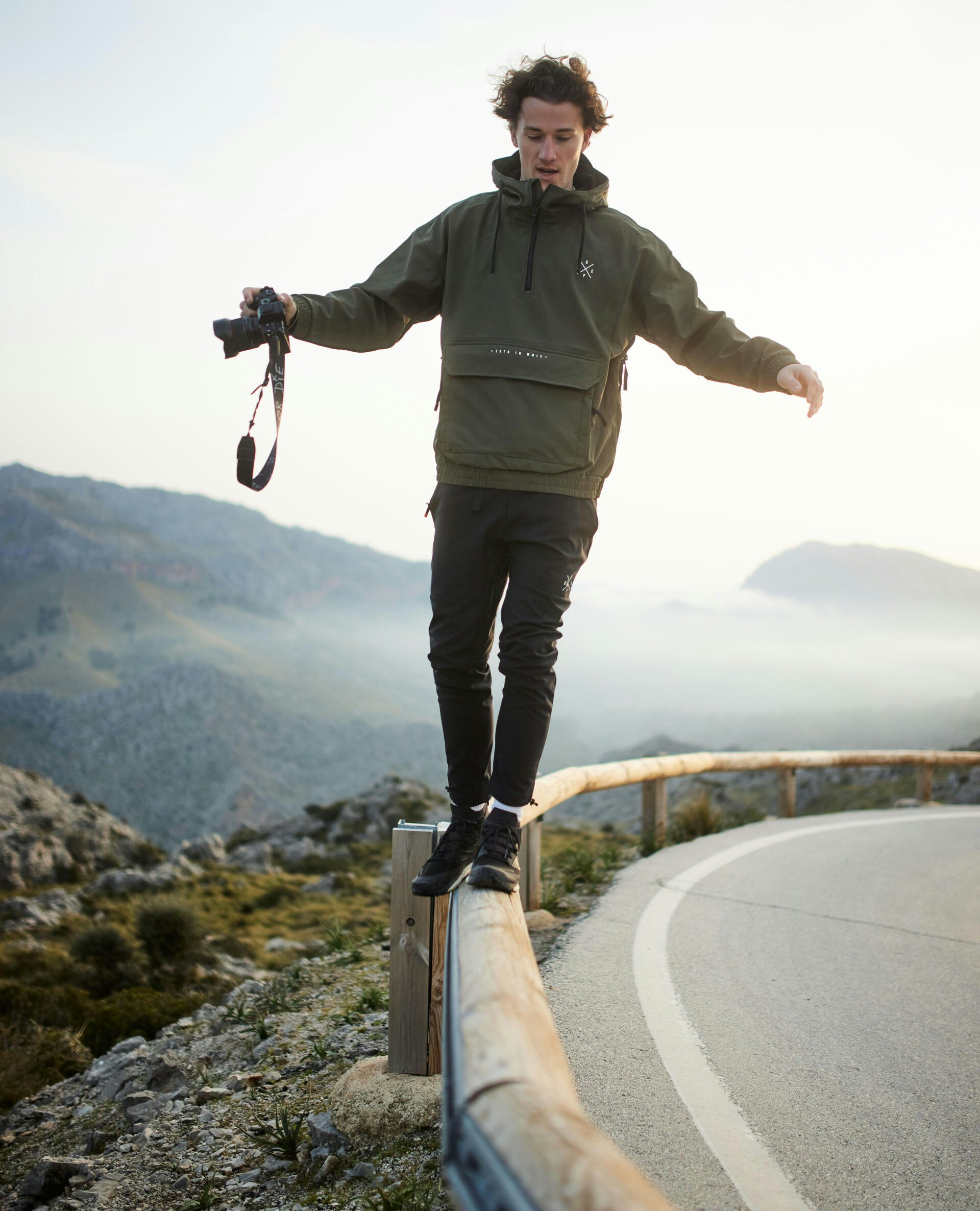
Waterproof vs. water resistant
We spoke at length about this above, but it’s good to consider it your first thought. Do you need something waterproof, or is just water-resistant okay? For hiking, think about the climate and likely weather you’ll encounter. If you’re going to be doing summer hikes and it’s going to be sunny, then water-resistant could be fine. The same goes for spring riding at the park if you’re into that. But if you intend to use it in all weather conditions or for season-long skiing, then waterproof is probably the best choice.
DWR treatment
A DWR treatment or coating won’t add any weight, but it’ll definitely be a welcome bonus. We’d say this is definitely one of the prerequisites for any outdoor hoodie. If there’s even a chance of you getting rained on, this may make the difference!
Fabric weight
Fabric weight is a key element and relates to the thickness of a hoodie’s material. Represented as a ‘GSM’, or grams per square metre figure, this number will help determine your hoodie’s proposed usage and suitability. For example, athletic hoodies designed for running, summer hikes, and other sweaty work will be more breathable and lighter, and won’t be as warm as a heavier material designed for snow sports or winter wear. Anything less than 250gsm is going to be quite lightweight, while more heavy-duty fabrics designed for winter or inclement weather use will likely be in the 300+gsm range.
Secure storage
Another defining feature of the outdoor hoodie is the inclusion of secure storage. This means zipped pockets to keep your phone and other valuable nice and safe while you’re climbing mountains, hucking yourself off cliffs, or spinning wildly in the snow park. In addition, these pockets sometimes come with media compatibility — a specialised pouch or inner pocket for your phone with an internally routed headphone outlet to keep your tunes flowing in all situations.
Zipped or cowl collar
This is an important feature that’s often overlooked but can actually make a huge difference when it comes to body heat regulation. A regular pullover hoodie will have a fixed collar, and many outdoor hoodies will too. However, some will have a cowl collar or a gusset, which means an extra section of fabric is built into the collar to help cover the neck and chin and keep you warm. This could be a good thing for cold weather use but will make the hoodie uncomfortable to wear in warm weather.
A zipped collar works inversely and helps you regulate body temperature. So whether it’s a partial zip or full zip-through construction, if you’re the sort of person who gets warm easily, or you’re intending to use the hoodie in warmer weather, it’s definitely something to consider.
Outdoor hoodie buying tips
When you’re looking to buy a new outdoor hoodie, we have some tips for you to ensure you make the right choice. There are so many options available, and these tips might just help you dial in the perfect hoodie.
As you’re shopping for an outdoor hoodie, we can assume you’ll be using it for some sort of outdoor activity. And whether it’s hiking, biking, or laying down some carves on the mountain, we recommend sizing up from your normal size. Partially for style, but mostly to help with layering options and room to move, sizing up can give you some added space and mobility, as well as the freedom to throw another mid-layer underneath to make your hoodie more suitable for colder adventures.
It can be tough to wrap your head around the price hike over a normal hoodie. Why pay double when it looks the same? There’s lots of extra tech and design input for outdoor hoodies, and often they cost a lot more to make. Think of the features you’ll be getting and the added protection and longevity you’re likely to enjoy. If you go with a cheaper, everyday hoodie, you’ll need to buy a decent outdoor one anyway! My dad always said — you buy cheap, you buy twice!
One thing that’s not often discussed is how the addition of a waterproof membrane drastically reduces the breathability of a hoodie. While you might have thought that a waterproof membrane could only be a good thing, if you’re intending to use your hoodie for summer hikes, sweaty adventures, or for times where you’re going to be generating a lot of body heat, think twice about whether waterproof is necessary, or if water-resistant is fine. A softshell with a good DWR treatment is often enough weather protection to get by, but also lets you continue to regulate your body heat and moisture comfortably thanks to the higher breathability.
Outdoor hoodies FAQ
We’ve put together a quickfire guide of common FAQs that summarise the above information just in case you need anything recapped!

Cotton is super absorbent (it’s why they use it for towels), which makes it a poor choice for outdoor hoodies designed for hiking and other sporting activities. Absorbent materials like cotton mean that sweat gets trapped, along with rain and additional moisture, making the hoodie heavy, uncomfortable, and severely reducing the body’s ability to regulate and maintain heat.
Nylon and polyester are both polymers, which means they’re extruded into long threads before being woven. Polyester is light, strong, and soft, making it an excellent choice for use in fleeces and technical outdoor wear like coats. Polyester is the most common (and a great) choice for outdoor and technical hoodies, but some brands opt to use Nylon or polyamide because it’s tougher. Both are excellent options!
Waterproof garments will contain a specific waterproof membrane to stop water from penetrating the fabric. In contrast, water-resistant garments will usually just have a smooth softshell outer and a DWR treatment to help prevent water from soaking into the fabric.
DWR stands for Durable Water Repellent and is a chemical treatment with a low friction coefficient that’s applied to the outside of a waterproof or water-resistant garment. This coating means that water won’t soak in but instead bead up and roll off. This helps protect the fabric from moisture ingress, improving breathability, temperature regulation, and the performance of a waterproof membrane where present.
Not necessarily, but we recommend it if you like the baggy look or want to ensure you have plenty of room to move around as well as layer up on colder days.
Zipped hoodies are more versatile in warmer weather but offer a weak point for water to ingress and heat to escape. Pullovers have better weather protection and warmth but are more likely to cause overheating and sweat buildup.
Softshell refers to laminated fabrics with a smooth outer ‘shell’ and a fleecy inner layer for comfort and warmth. The smooth outer provides good durability and added weather protection, while the fleecy inner keeps you toasty. Softshells may or may not have an added waterproof membrane sandwiched between the two layers.
Always check the washing label on your hoodies! Usually, any technical garments that have a DWR treatment need to be washed in a specific detergent. The same goes for those with waterproof membranes. To ensure your garments perform as intended, always use the right detergent, temperature, and washing cycle.
As they’re more technical in their construction and design, they cost more to make. However, they’re also designed to last longer and have different features from standard hoodies like softshell design, a DWR treatment, and secure storage.
Only you can answer that! They certainly fill a niche that not everyone needs filled. You may not need one if you’re happy with a cotton hoodie for your everyday errands and a waterproof jacket for your wet-weather shenanigans. But they are cool, handy, and definitely top an everyday hoodie when it comes to weather resistance, warmth, and longevity. The decision, however, is up to you!
Wrapping up
Well, that’s it. Your ultimate guide to outdoor hoodies. We hope we’ve covered everything, but if you have any questions or queries, feel free to reach out to our team at crew@ridestore.com, and they’ll be happy to help with any advice you may need.
Until next time, have fun out there!
